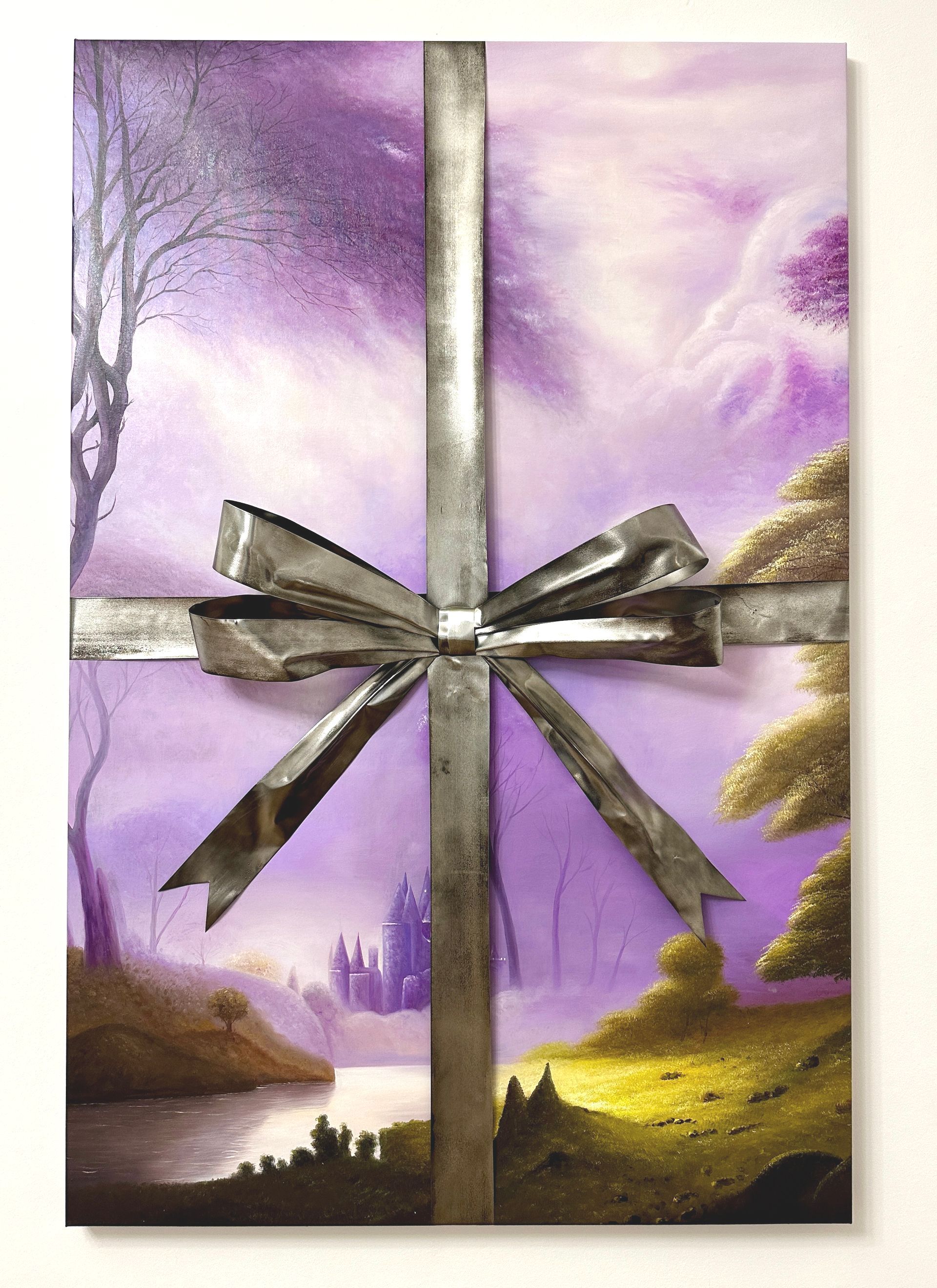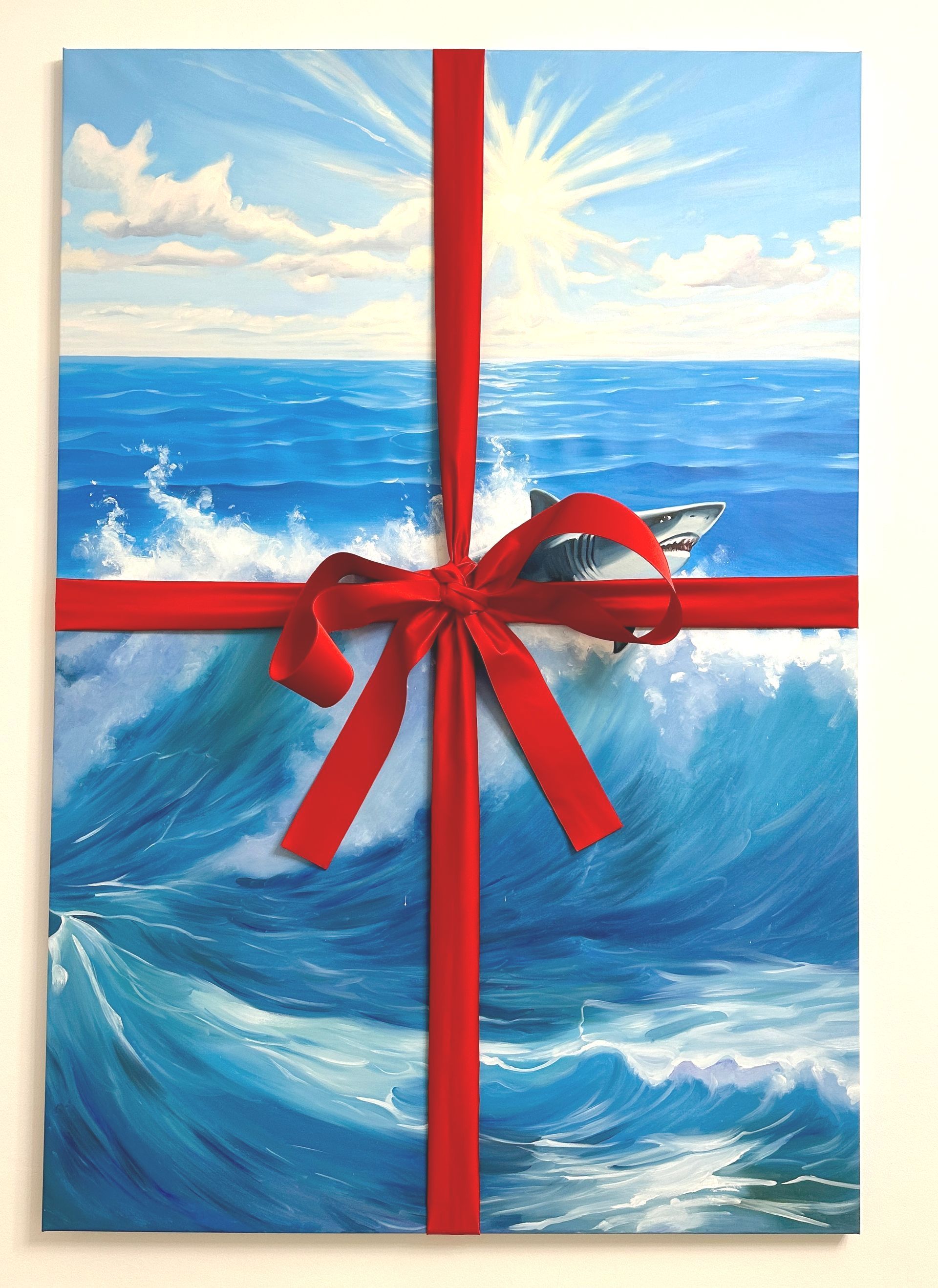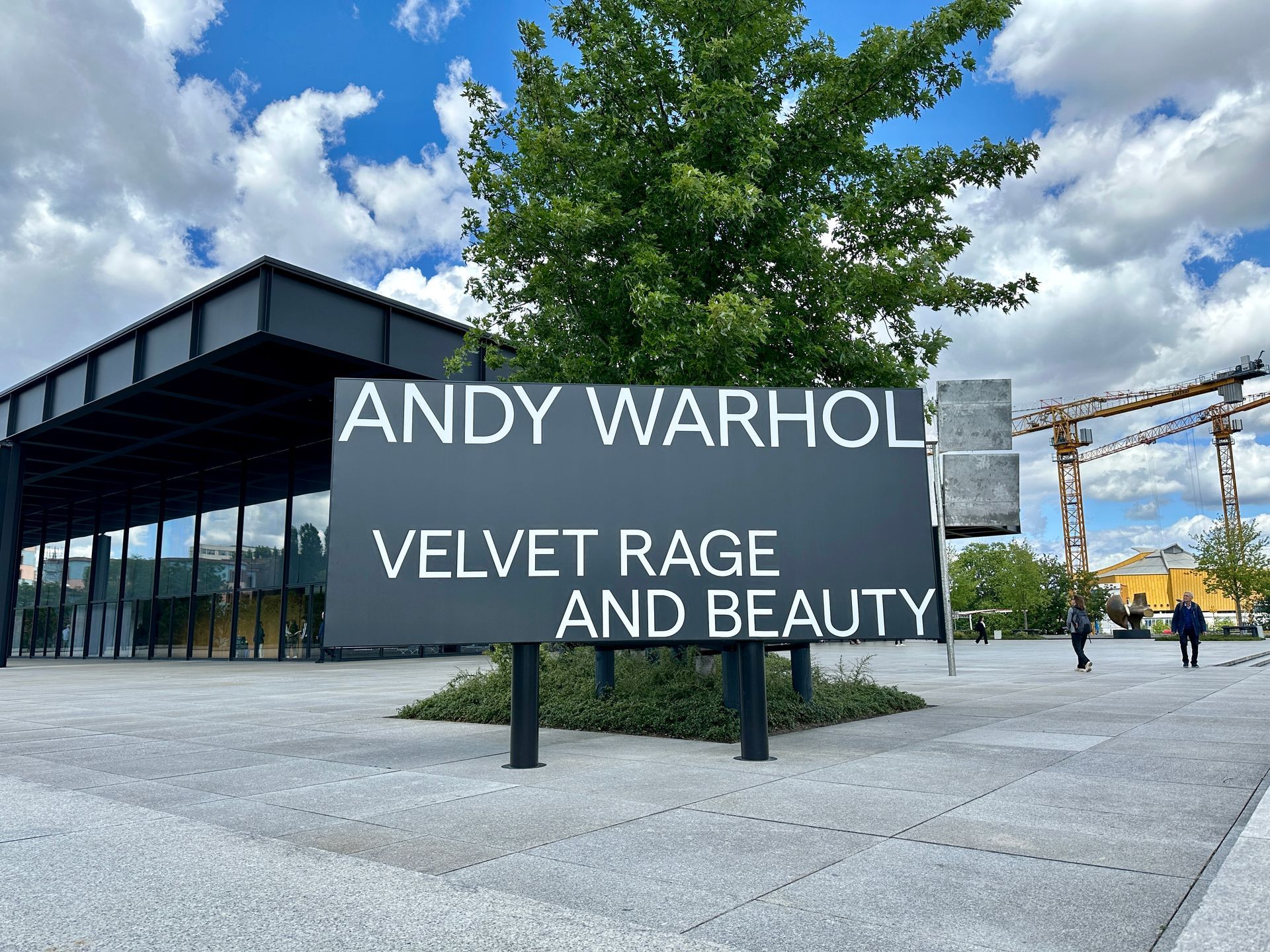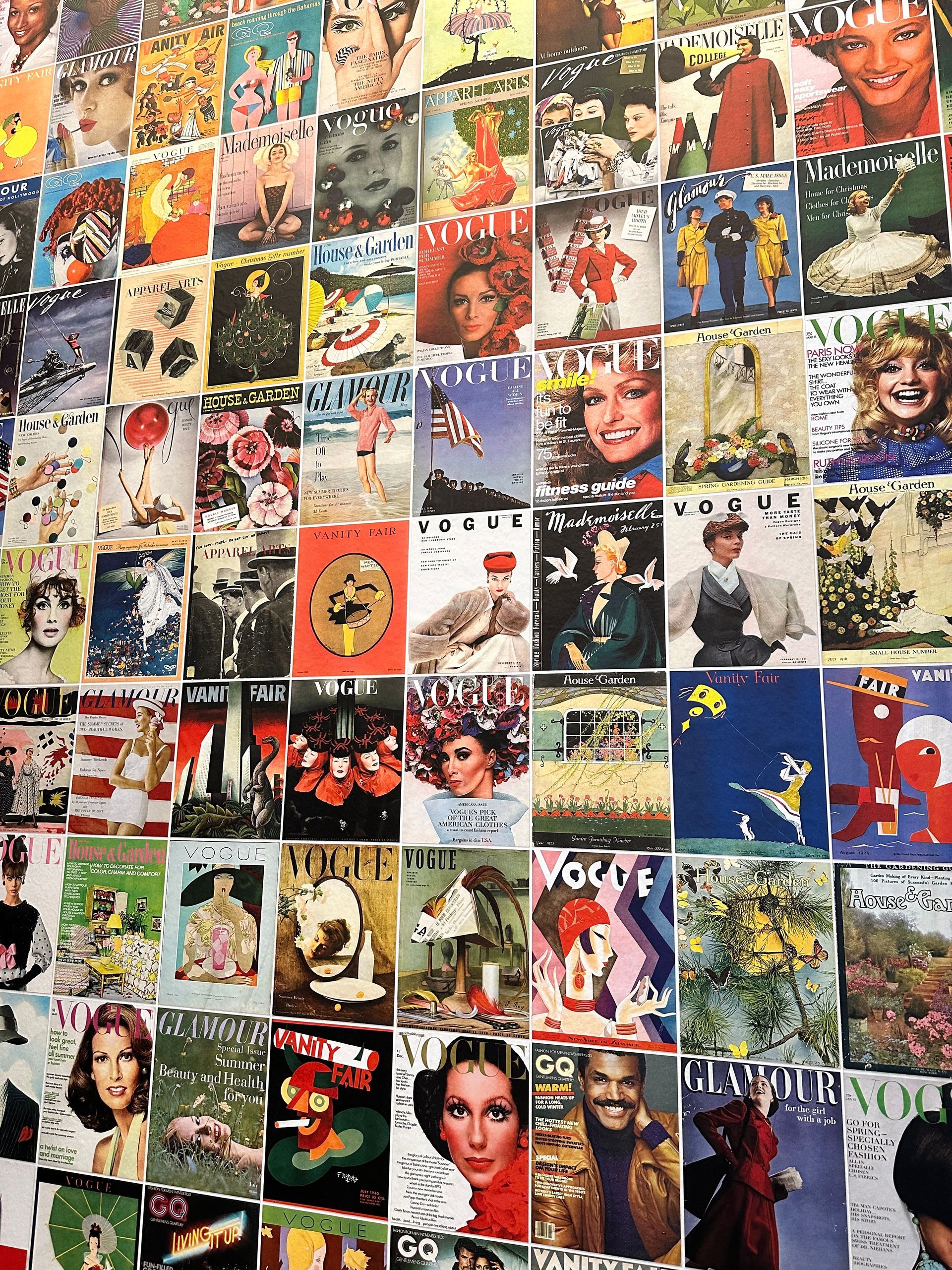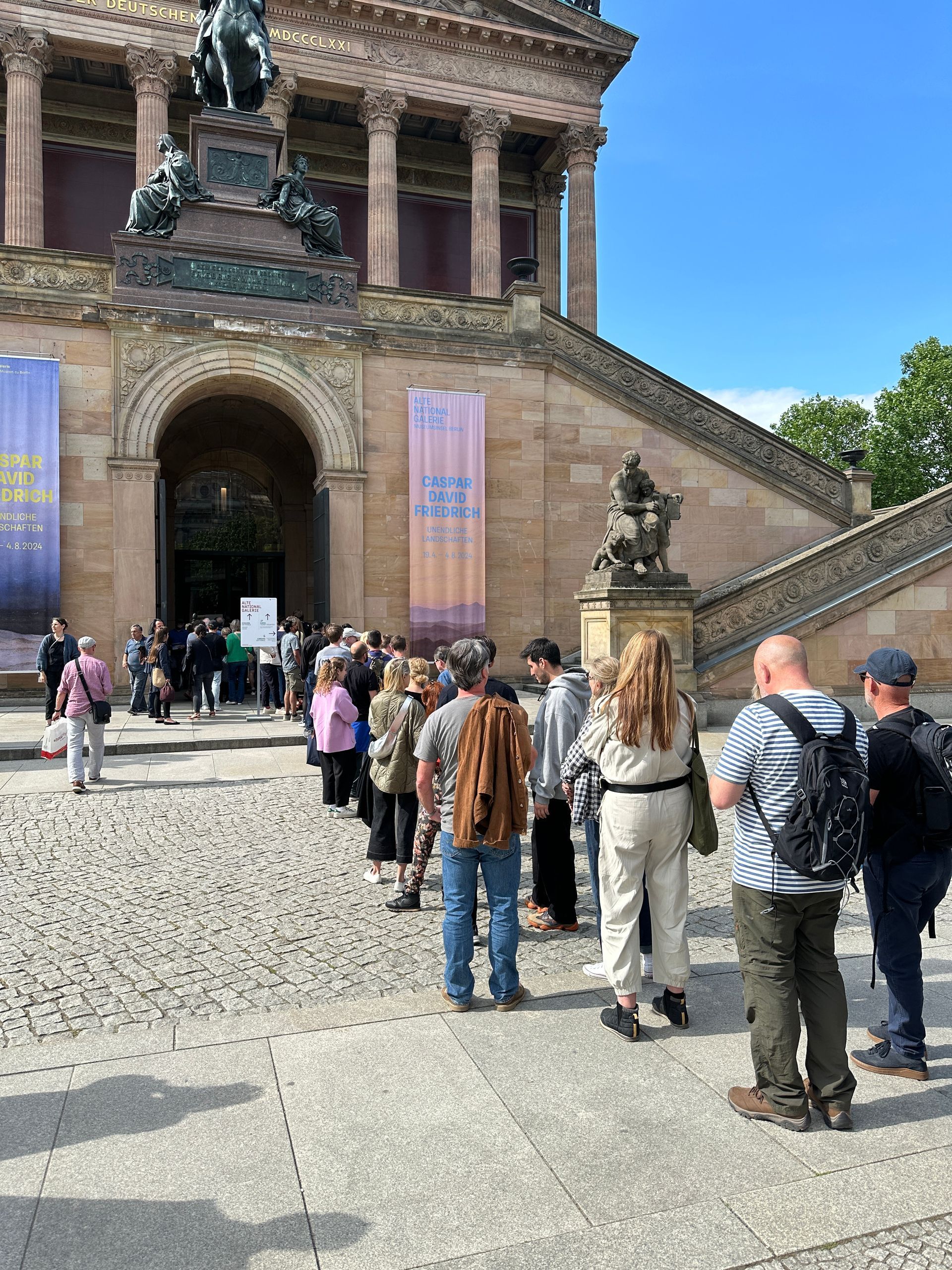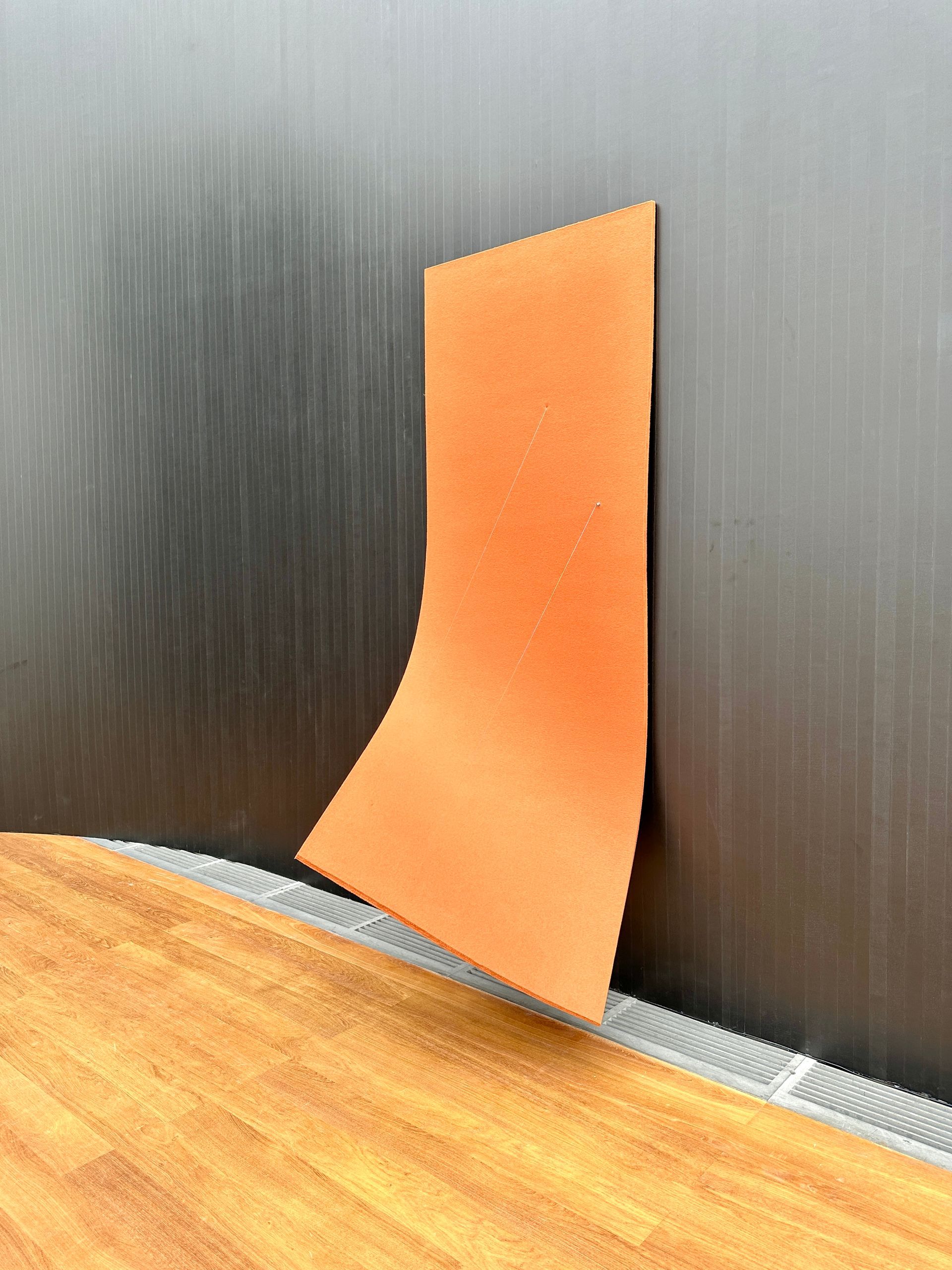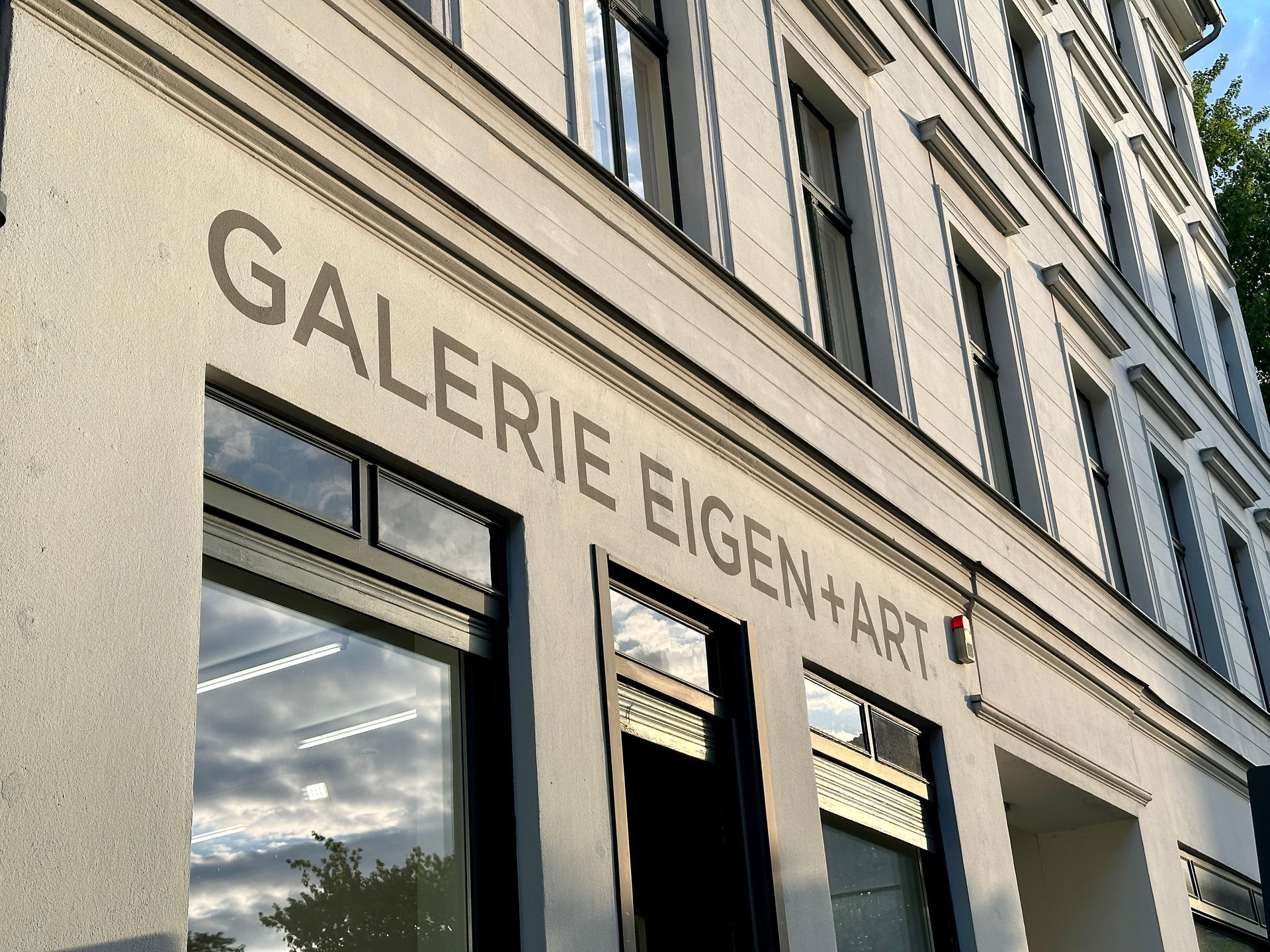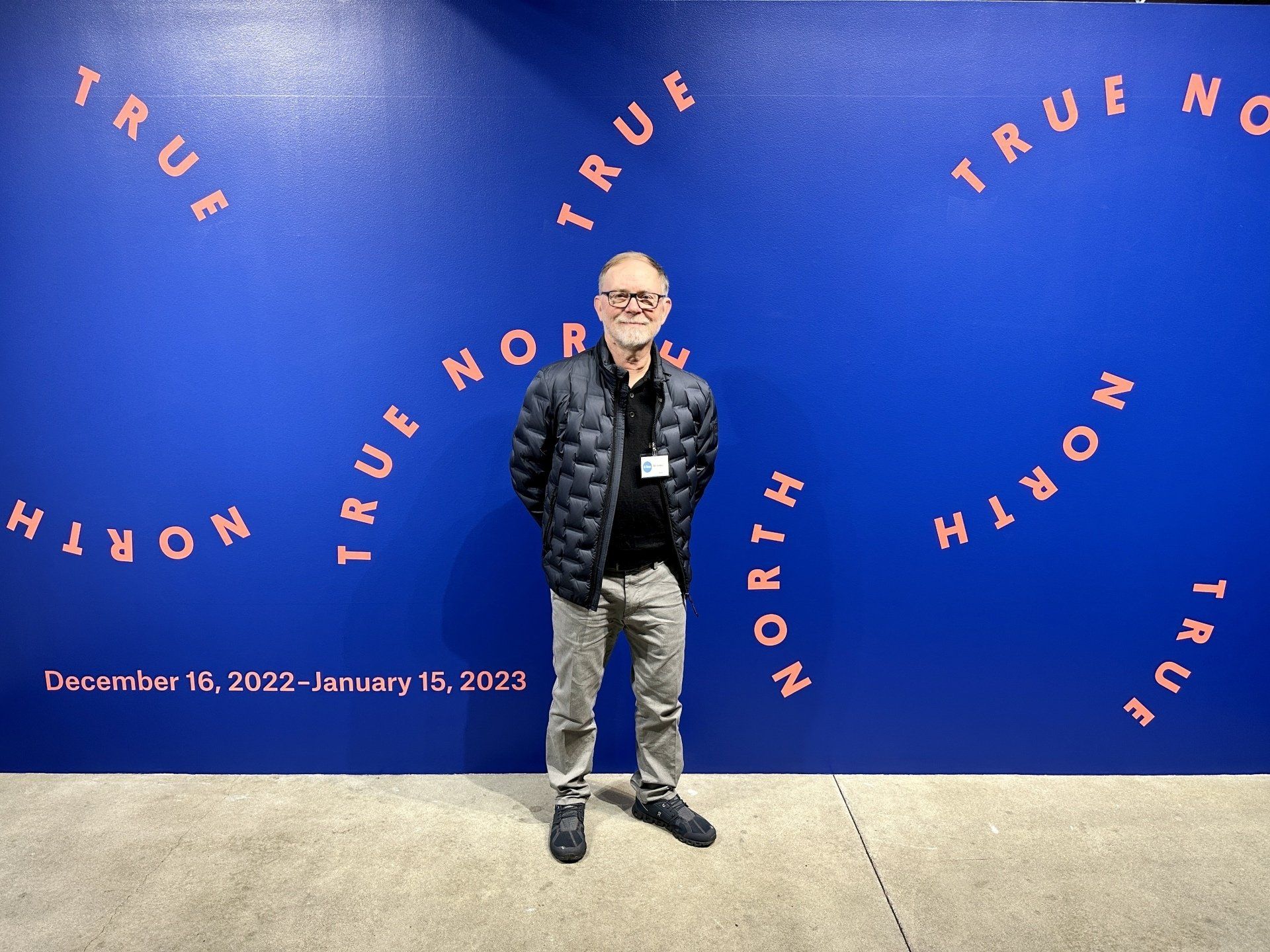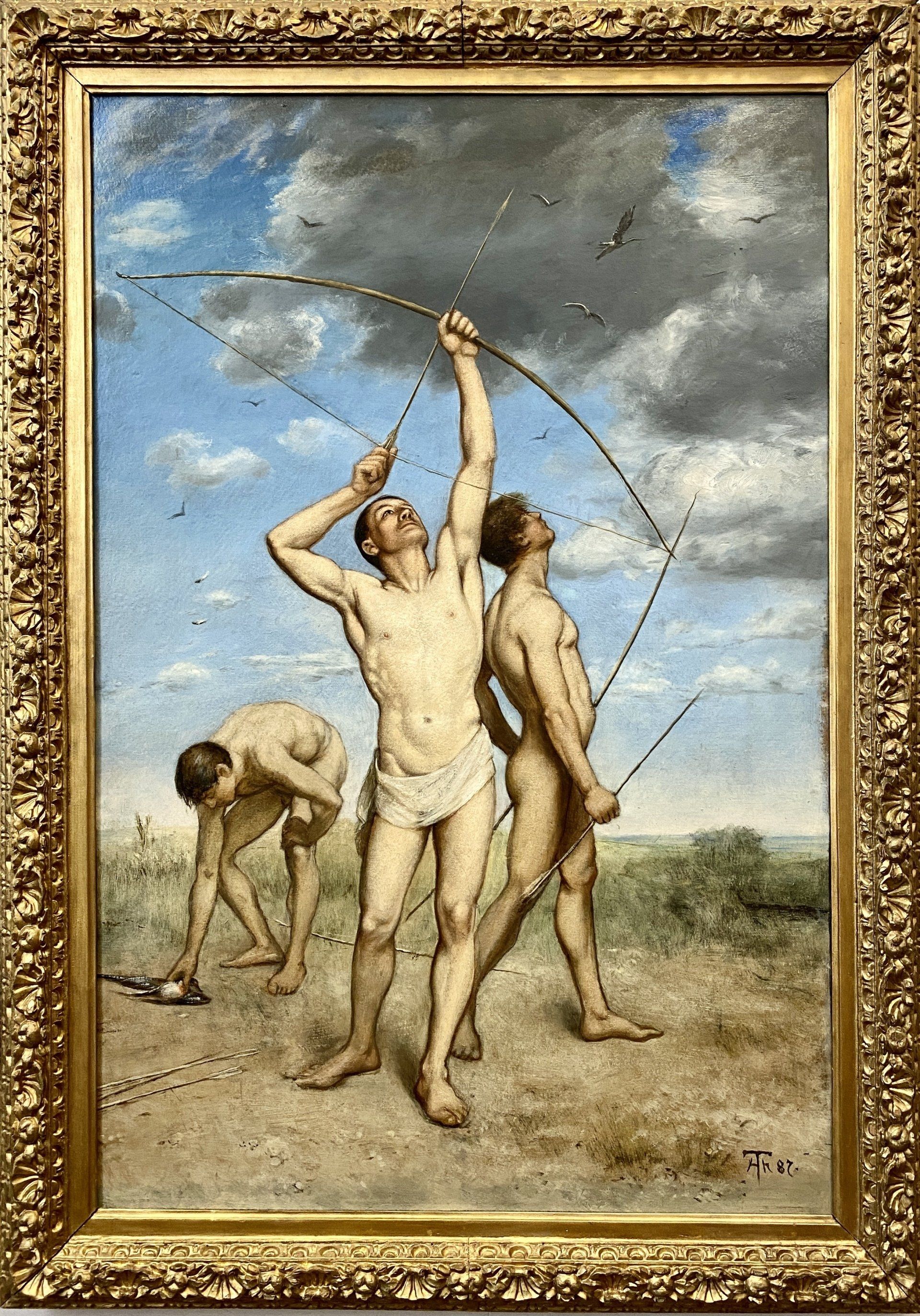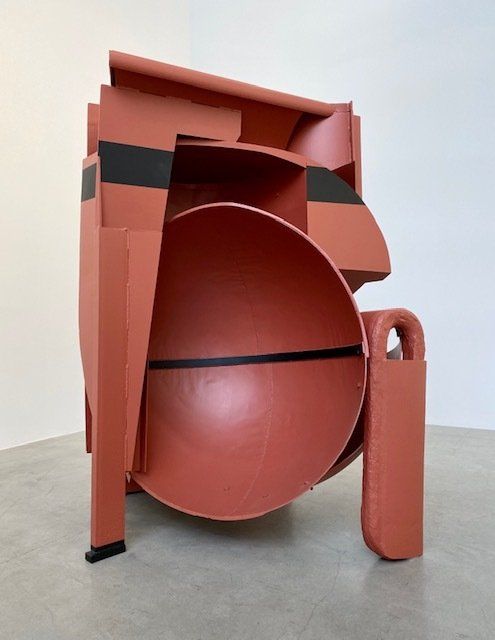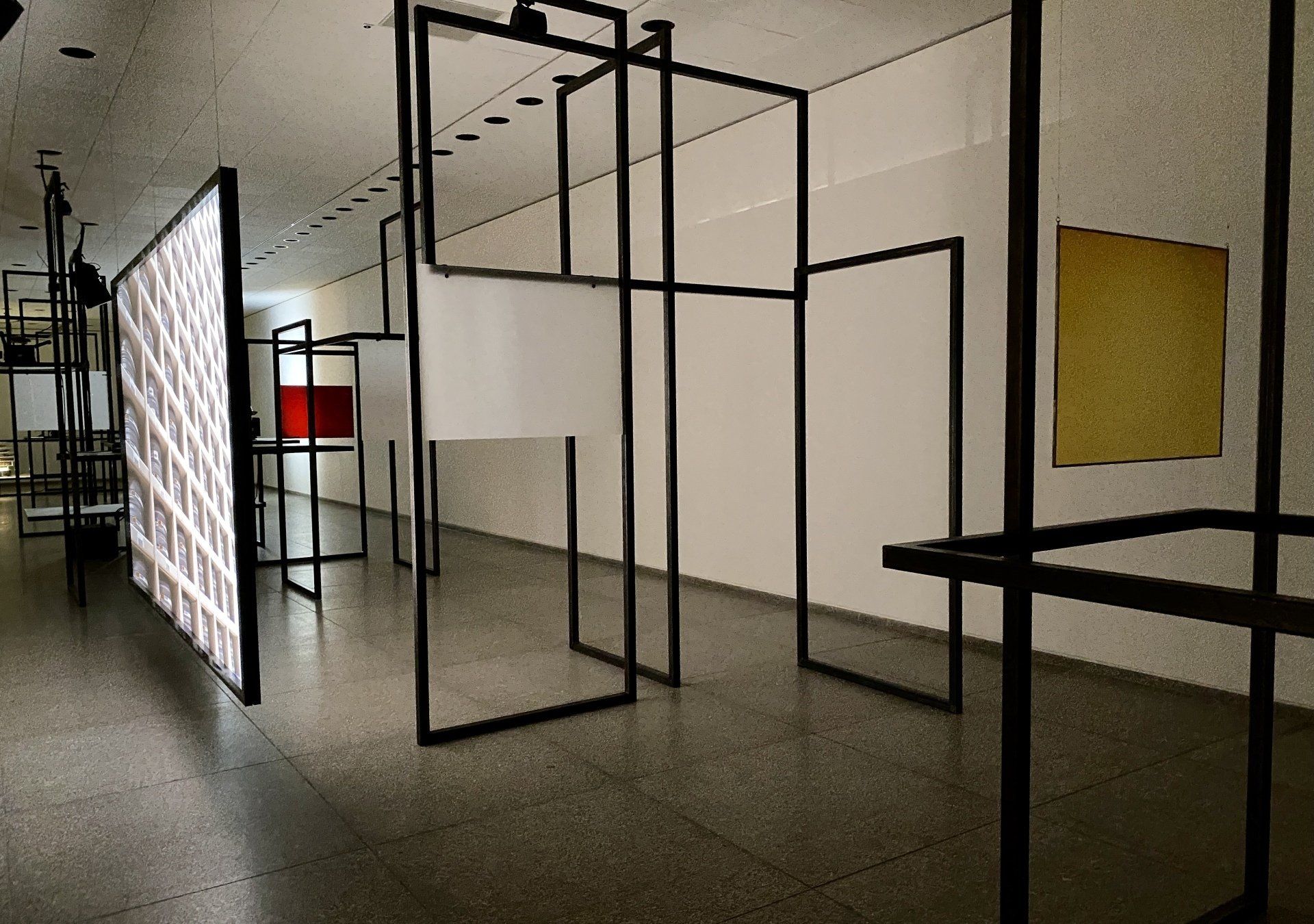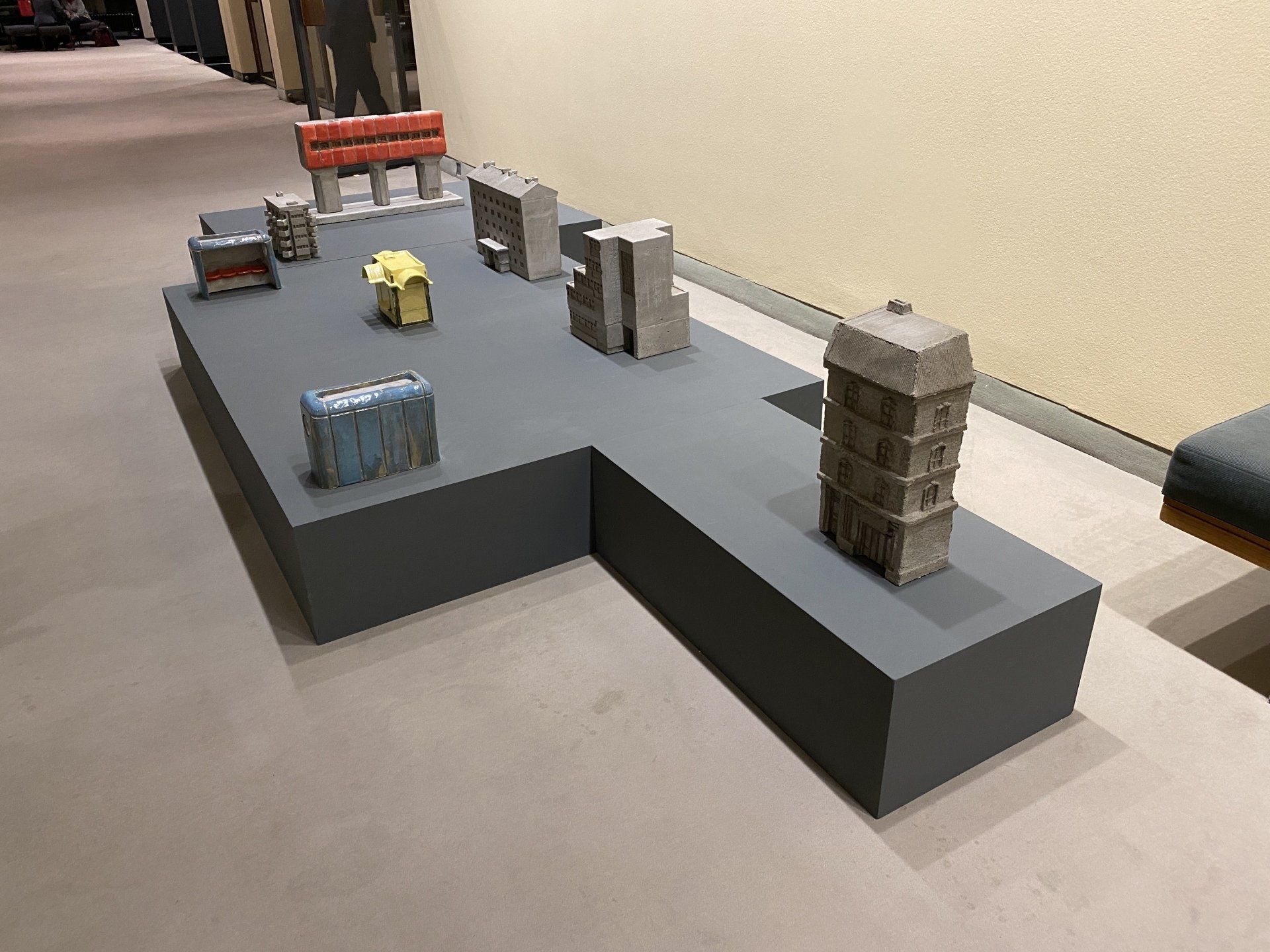Kittens, Kitsch, and Kids: Eliza Douglas on the Business of Art
Here are some possible reasons people seek out art:
Wanting to see beauty
Interested in collecting art
Looking for something decorative for home or office
Wanting to experience something life-changing
Attracted to something nostalgic
Looking for a moral message
Wanting a visual representation of a political belief
Impressed by craftsmanship and skill
Wanting to connect with and support the artist
Buying art as an investment
I think anyone interested in Eliza Douglas’ show, “Gift,” would fit into categories 2, 6, 7, and 10 - or any combination of those.
When I walked into Contemporary Fine Arts Galerie Berlin, I didn’t know anything about Douglas’ extensive and diverse art career, her personal history, or about her artistic methods. Without knowing any of that, my first impression was that this is “art about art” and about politics. My heart sunk a little to see each painting gift-wrapped in giant ribbons and bows - in fact the exhibit’s title is “Gift.” If I could turn back the clock to 1962, maybe I would have experienced the same sinking feeling upon seeing Andy Warhol’s soup cans for first time, or turning the clock back further to 1917, seeing Marcel Duchamp’s “Fountain” (a urinal), also wondering,”Has it come to this?” But….both examples became vital turning points in art history. And maybe Eliza Douglas’ work will fit into the same category sometime in the future.
Douglas has an interesting history and resumé, and in interviews, her throw-away, almost self-deprecating comments seem to be designed to intrigue or confuse the viewer. Like Warhol, she talks about taking short-cuts and cutting corners. She might be cutting corners, but there’s no way to disguise workaholic drive. Warhol also made himself out to be a lazybones, but his output speaks for itself.
Is “art commenting on art” like going to a concert, but not hearing any music - only receiving the program booklet? It feels that way. However, I found that Douglas has done so much - painting, performance art, music, and fashion modeling. Her work has been in the Whitney Biennial, The Jewish Museum NYC, and many blue chip galleries in Europe and North America. So she’s definitely serious about what she does and believes in it, and that counts for a lot.
Now, on to the show!
The painting, "Grape Bubbles" (below) is not so much about the exuberance of adolescence, but more about the, “I’m almost grown up, but I can still get away kid-stuff” thing. As with the other pieces in the show, Douglas wraps this painting up in ribbon. Is she saying, “This could be yours for the right price?” or perhaps, “I hate the way art has become a commodity.”
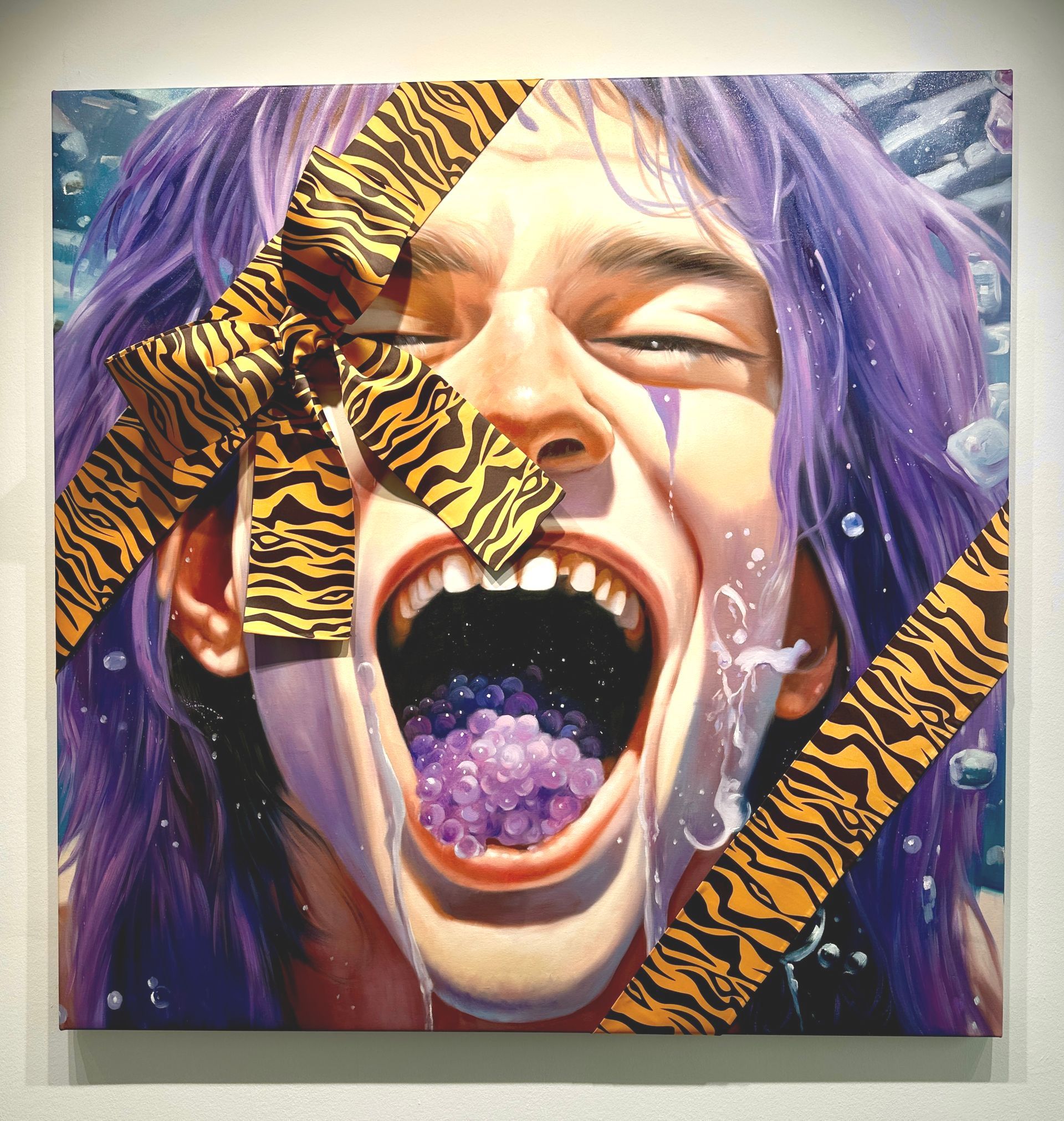
Shifting from portraiture to landscape, Douglas presents a Frederic Remington (cowboys on horses paintings) cloned with an Arnold Friberg (Canadian Royal Mounties calendar paintings), bringing together nostalgic kitsch and conceptual art in the same picture. The angles of the ribbons underscore the diagonals of the horse and the edge of the lake. The bow obscures the face of the rider that we want to see.
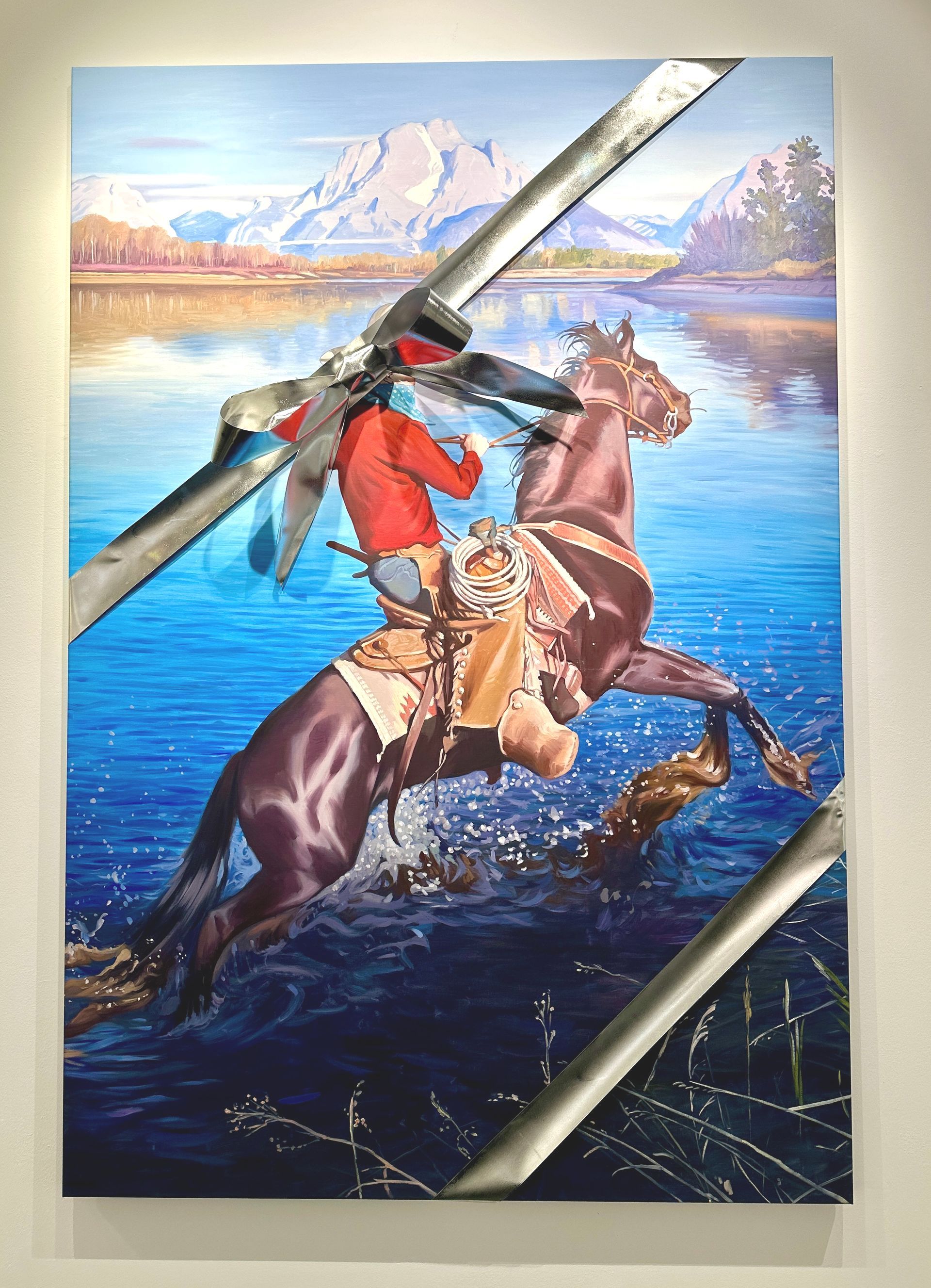
This adolescent water sprite bursts to the surface, probably not thinking about diving for gems or anything but how fun it is to be in your face. The painting is wrapped and ready for purchase. The thin painting style communicates an intentional lack of substance. I’m not sure it applies to the work in this show, but Douglas has no apologies for having paintings manufactured in China, then adding some touches to them herself. The only difference between this and Thomas Kinkade is that Douglas does not cloak her use of contracted painters with Kinkade terms like “skilled artisans,” Some of her images originate from AI technology, and she has no apologies for using that as a tool.
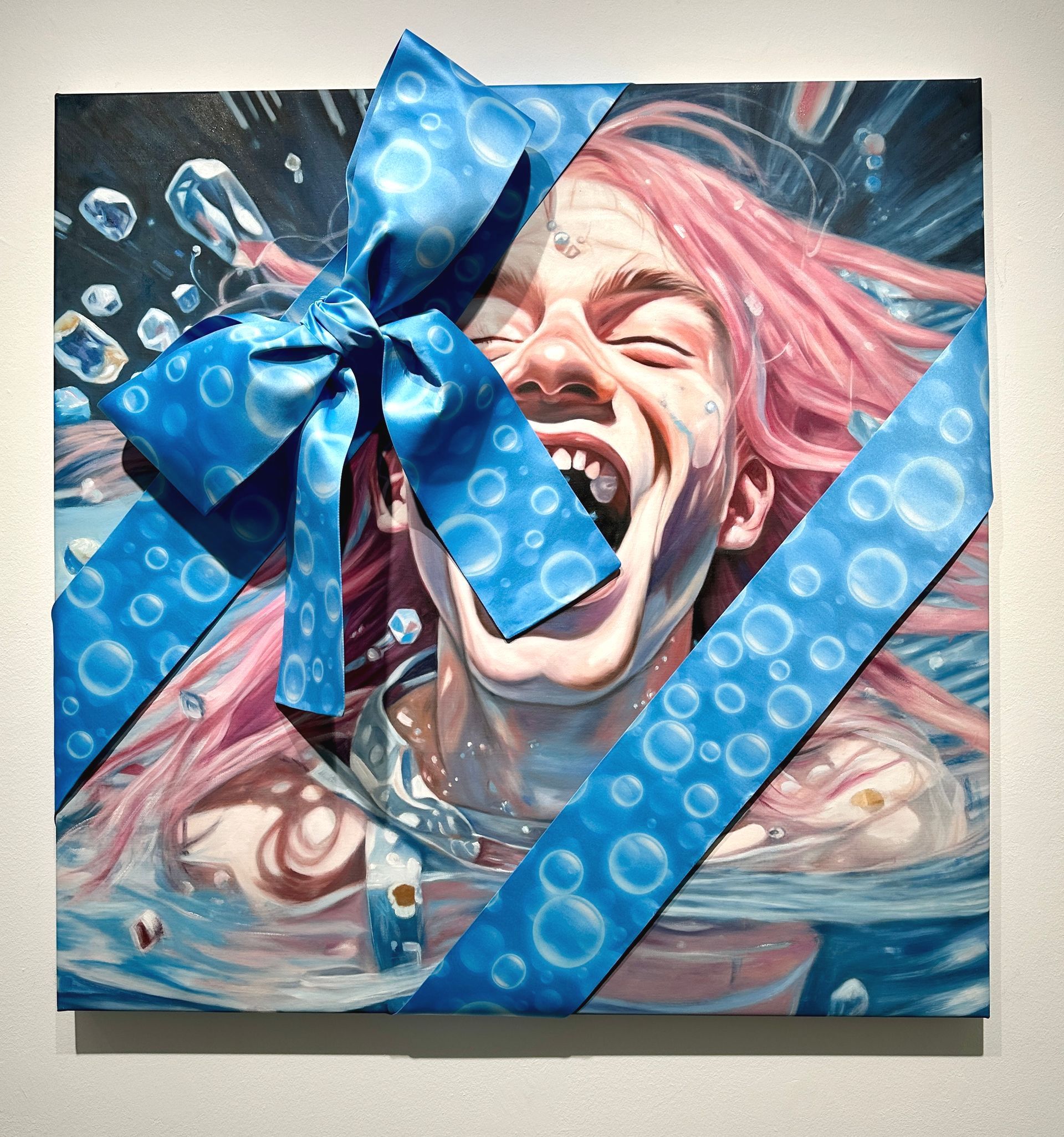
In this piece, Douglas has painted representations of paint dribbling behind, on and in front of a pre-teen who is daring the viewer to tell him to pipe down. Although the subject matter of some of the pieces in this show varies, the premise is consistent.
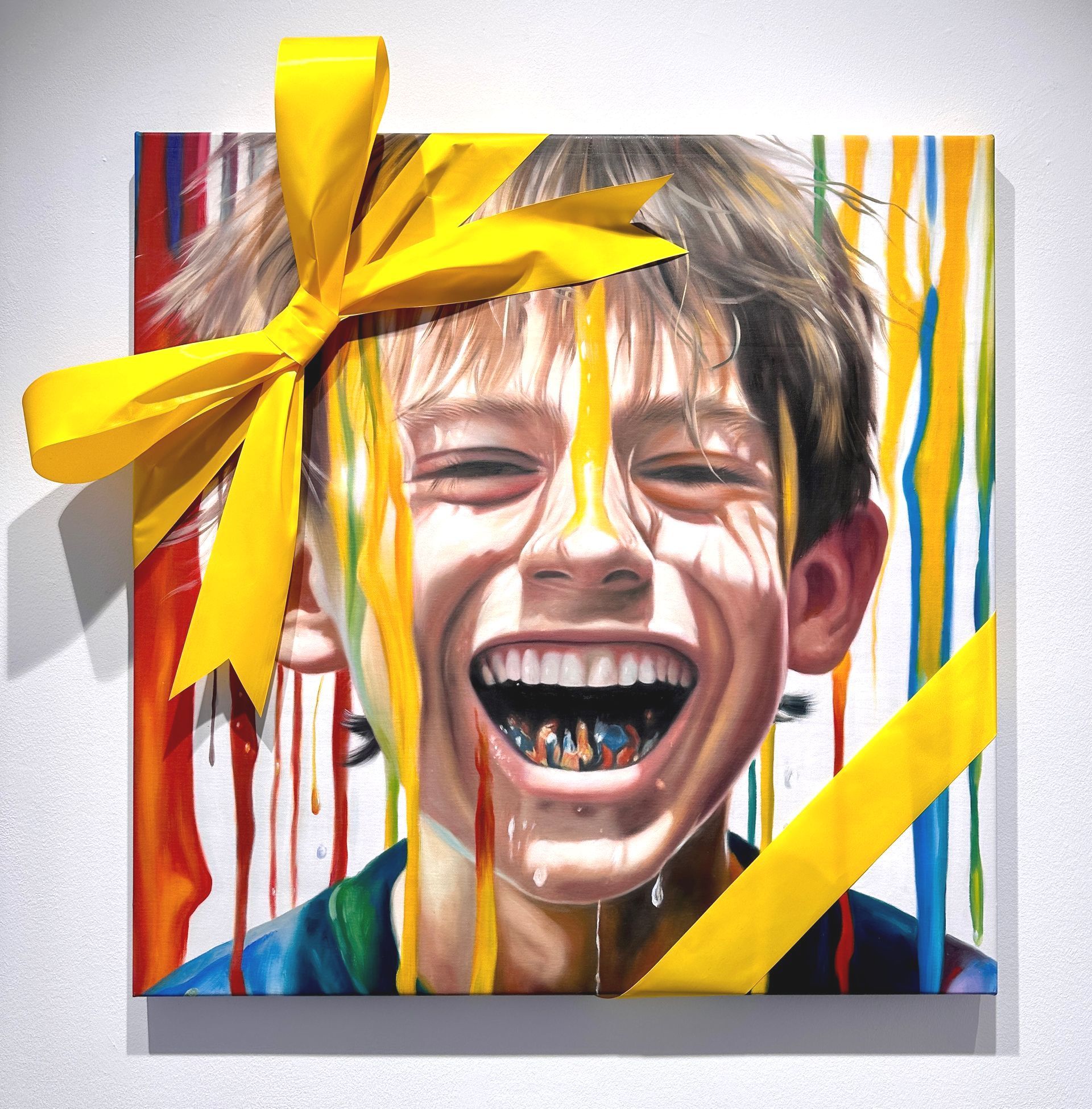
The idea of introducing extreme kitsch into the fine art world is not new. Jeff Koons, Roy Lichtenstein and Tom Wesselman used kitsch elements to great effect. Here Douglas pulls out the quintessential cloying icon: a kitten, in Easter blues and pinks, and again wraps it with a ribbon and bow, hiding the pensive expression on the cat’s face. The radar antenna ears are listening for whispered conversations of gallery visitors and potential collectors.
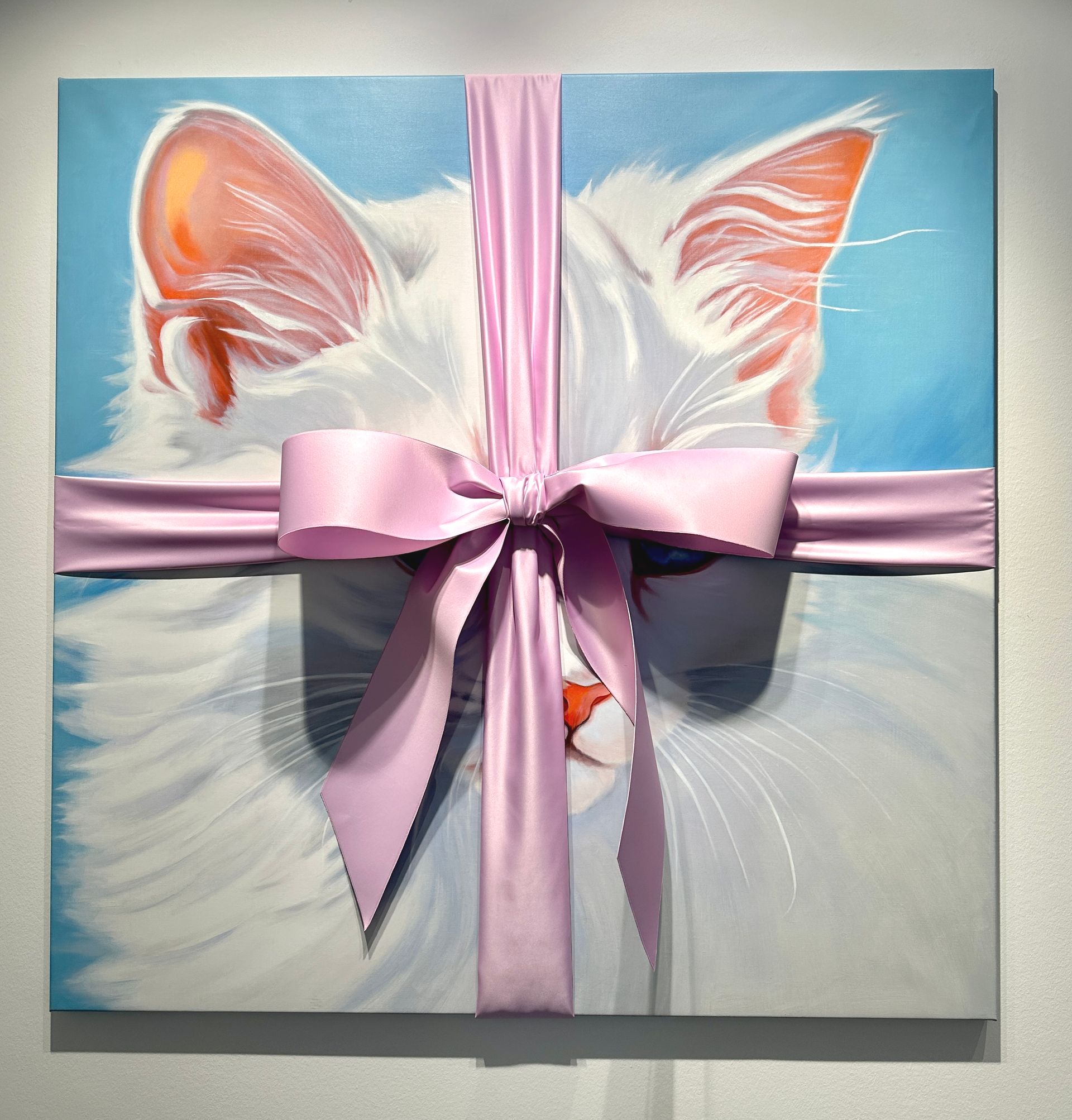
Instead of staring at the viewer with a confrontational expression, this modern day Mona Lisa is looking passively at something (or nothing) in the distance. I wonder how differently this painting would feel if 1) there was no bow on it, or 2) if the bow was painted on rather than a real bow. I think even without a bow, it would be an interesting painting. If the bow was painted on, I wouldn’t be sure about the “Why?” of the painting. This one definitely needs a 3-D bow to get at the reason behind the painting: a layering of art history and the history of the business of art.
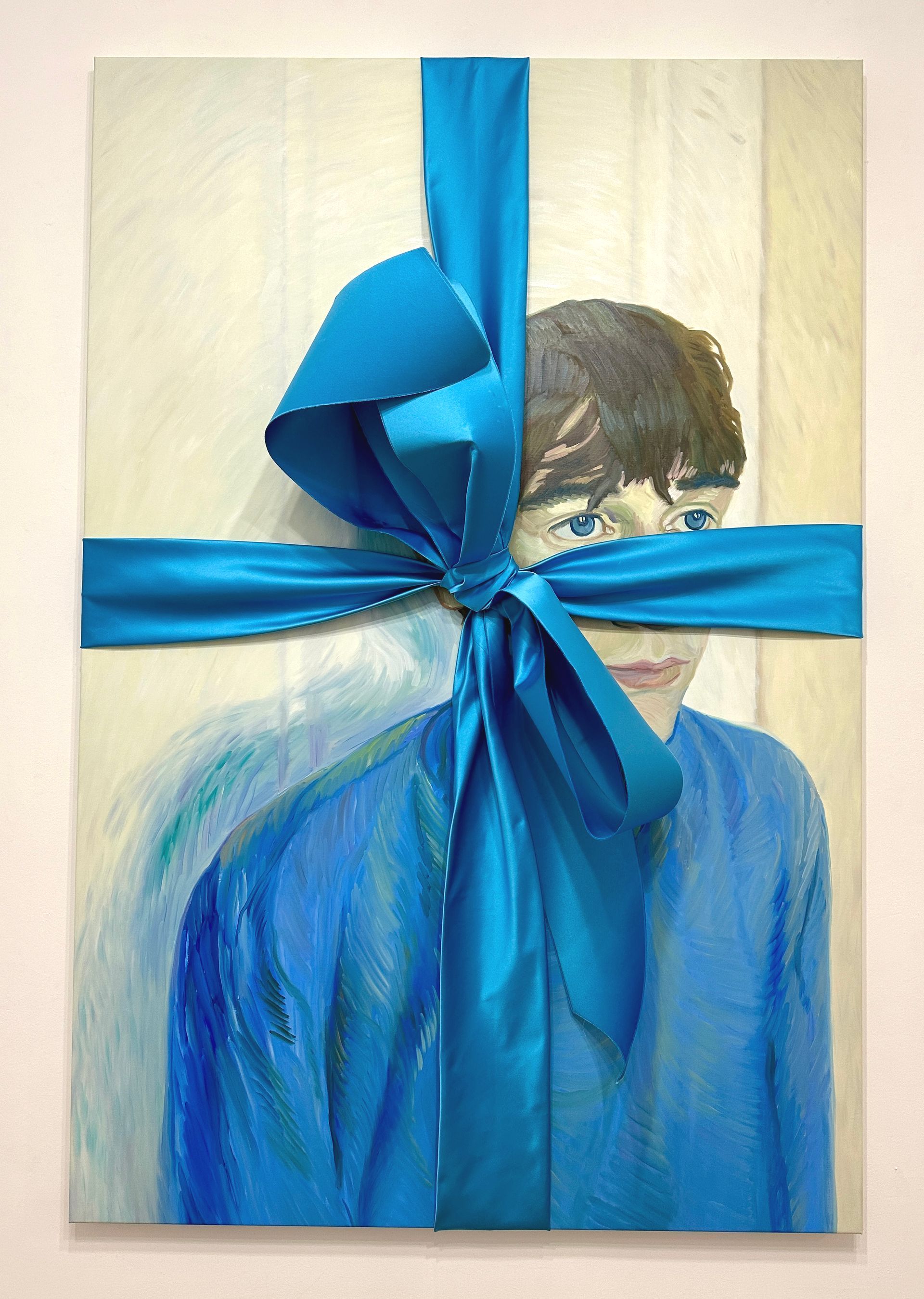
With “Soul,” Douglas chose the Dark Fantasy genre: an abandoned castle, emerging out of the mist by a haunted lake. The leaves on the trees are treated with the dabbed leaf technique practiced and televised by Bob Ross. This one is wrapped up in silver ribbon - again ready for sale to a museum or a wealthy collector.
